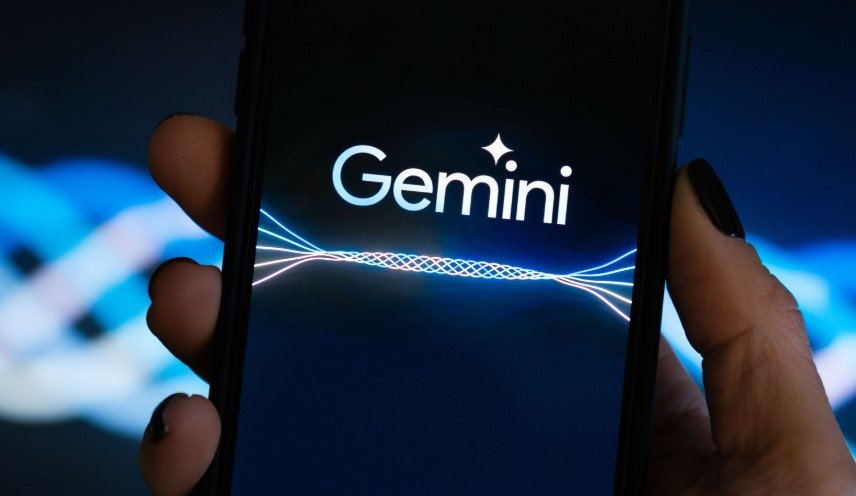From quirky illustrated tales to autonomous cyber defense, AI tools are evolving fast—and not always in the way you’d expect
It was a strange day in the AI world. Picture this: a fish with a human arm, spaghetti sauce that looks like a crime scene, and a robot that can sniff out malware like a digital bloodhound. Welcome to Wednesday’s whirlwind of artificial intelligence headlines, where tech giants like Google, Microsoft, and OpenAI dropped new updates that stirred up just as much curiosity as concern.
Let’s break down what just happened—and why it matters more than it might seem on the surface.
Google’s Gemini Storybook Gets Creative, But Also Confused
Google has quietly rolled out a new feature within its Gemini chatbot called “Storybook.” The idea? You tell it a story prompt—say, a dragon who loves tea—and it creates a full 10-page illustrated story, complete with narration, unique art styles, and user-uploaded reference images.
Sounds magical, right? It sort of is. And sort of isn’t.
In one story about a friendly catfish, the AI-generated image showed a literal fish… with a human arm. Another story tried to depict a heartwarming dinner scene but produced spaghetti sauce that looked like a crimson blob straight out of a crime show. One more had a TV mysteriously mounted behind a wall—facing the wrong direction.
So yeah, it’s creative. Just not always coherent.
This tool supports a wide range of illustration styles like:
• Claymation
• Comic Book
• 2D Anime
• Realistic sketch
• User-uploaded photo reference
Google says it’s meant to inspire kids and storytellers. But the visual hiccups hint at how hard it still is for AI to grasp spatial logic and context—especially when tasked with “imagination.”
It’s entertaining, for sure. But it’s also a reminder: AI isn’t quite ready to replace your bedtime storyteller just yet.

Microsoft’s Project Ire: An AI That Hunts Malware Solo
Meanwhile, on the enterprise side of the AI spectrum, Microsoft dropped something much less playful—but arguably more important.
Project Ire is a new prototype that can independently detect, analyze, and block malware. No human needed.
According to Microsoft, the AI can reverse-engineer suspicious software, dissect its behavior, and shut it down before it does damage. That’s a huge leap from current systems that rely on static rules or human-written scripts to respond to threats.
Here’s a short one-liner for effect: This thing doesn’t just wait for orders—it acts on instinct.
Microsoft says the AI works by mimicking how seasoned cybersecurity analysts think: looking for irregularities, tracing patterns, and making quick decisions.
There are still some concerns about letting AI make such critical decisions solo, especially in high-stakes corporate networks. But Microsoft insists Project Ire has undergone internal stress tests and is showing promising early results.
For now, it’s still in development—but if it works as advertised, it could be a game changer for cybersecurity teams spread too thin.
OpenAI Sends a Message to Students: Use It, Don’t Abuse It
OpenAI’s contribution to the AI chatter today wasn’t a product—it was a plea.
In a blog post, the company addressed students and educators, urging them to use AI tools like ChatGPT responsibly. The post acknowledged the growing use of generative AI for writing assignments, test prep, and even college admissions—but warned against over-reliance.
This is where things got more philosophical.
OpenAI said the goal of tools like ChatGPT isn’t to replace student learning, but to “amplify curiosity” and “support critical thinking.” The company didn’t propose hard rules, but emphasized that every school and educator should define boundaries.
Short paragraph ahead: Basically, OpenAI is trying to avoid becoming the poster child for academic dishonesty.
This isn’t just PR spin. There’s genuine concern from within the AI community about how young people are integrating AI into their lives—without fully grasping the limits of the technology.
The message was subtle but clear: AI should be a tutor, not a shortcut.
The Bigger Picture: Experts Still Worry AI Risks Are Downplayed
One of the most eyebrow-raising moments of the day came from Geoffrey Hinton, often dubbed the “Godfather of AI.” Speaking in a new interview, he said many big tech leaders are downplaying AI’s risks in public—even though they admit those same dangers behind closed doors.
He singled out Google DeepMind’s Demis Hassabis as a rare voice of concern, saying Hassabis “really does understand the risks and really wants to do something about it.”
It’s a worrying accusation. Especially coming from a pioneer like Hinton, who helped shape the neural networks behind today’s AI tools.
His comments suggest a deeper divide inside tech giants—between flashy product launches and quiet internal alarm bells.
One-sentence paragraph: It’s not just about whether AI can make a bedtime story—it’s about whether it understands what harm even means.
As tools like Storybook and Project Ire become more powerful, the stakes grow. And so does the need for public transparency.
